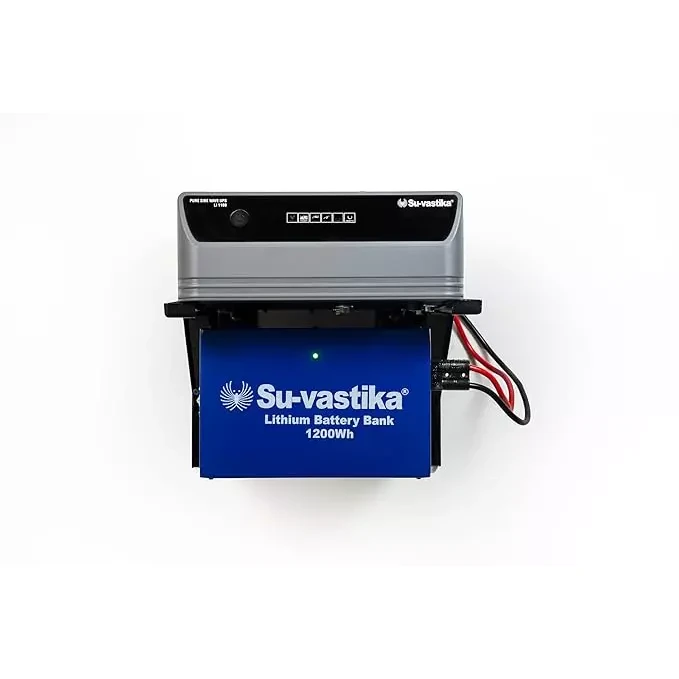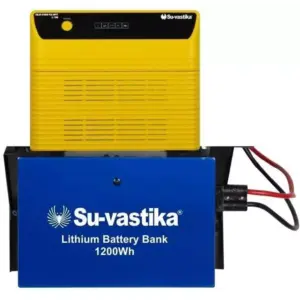What is an Inverter? An inverter is a device that converts direct current (DC) electricity to alternating current (AC) electricity when the power fails. It converts AC into DC when the power is available to charge the battery. It is a power device that powers the house, office, or any building with the help of batteries when power is unavailable. It stores the power in the batteries when the grid power is available. This storage device stores the power in the battery through the grid or solar power and can provide power in case of power outages.https://simple.wikipedia.org/wiki/Inverter

The Inverter can be defined as a DC to AC converter with no charger, but nowadays, the Inverter comes with the charger, so there is an AC to DC circuit as well to make the charger. The technology adopted to manufacture them is Bi-directional Technology with the isolation transformer, which is the most stable and reliable factor for all the developing countries.
Different waveforms are available in the Inverter, but the best is the Pure Sinewave Inverter, which should be the first criterion for choosing the Inverter for any usage.https://kunwersachdev.com/technology/why-charging-section-is-the-most-critical-area-of-a-ups/16/
Inverters are used in a variety of applications, including:
- Power backup: Inverters can provide backup power during power outages. In all developing countries, power cuts are happening all the time, so the Inverter is an essential product to run the appliances and lights and fans, etc., so that the power backup can be given through the battery backup.
- Off-grid and On-grid solar power: Inverters are essential for using solar panels to generate electricity. They convert the DC output of the solar panels into AC power that can be used to power homes and businesses. So there could be power given through the battery in case of an off-grid solar system, and in case of A grid feed solar Inverter, we don’t need to install the battery, and power can be fed into the grid directly through the grid feed inverter without any battery back up.
- UPS systems: Inverters are used in uninterruptible power supply (UPS) systems to provide clean, uninterrupted power to sensitive electronic equipment where there is very little switching time so that computers and other sensitive equipment work without any interruption time.
- Telecom: Inverters are used in telecommunications networks to convert DC power from batteries to AC power in the telecom towers to run the Aircondioners, etc., in case of power failure. The Telecom towers and telecom centres have 48Volts DC battery banks, which are of very high capacity to give the backup in DC to the telecom equipment so the same battery bank can be used to convert it into AC power through the Inverter.
The main components of an inverter are:
- A rectifier converts AC electricity to DC electricity.
- A controller controls the operation of the Inverter.
- A switching device: switches the DC electricity from the rectifier to the output AC.
- A filter is there to make it a Sinewave output to give pure power.

Inverters are available in a variety of sizes and power ratings. An inverter’s size and power rating are determined by the application it is being used for.
Inverters are versatile and essential devices that are used in a wide range of applications. They are becoming increasingly popular as renewable energy sources, such as solar power, become more widespread.
The name “inverter” comes from the fact that it reverses the connections of a converter. A converter converts AC to DC, while an inverter converts DC to AC. So, an inverter is an “inverted converter.”